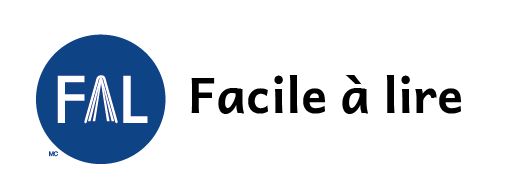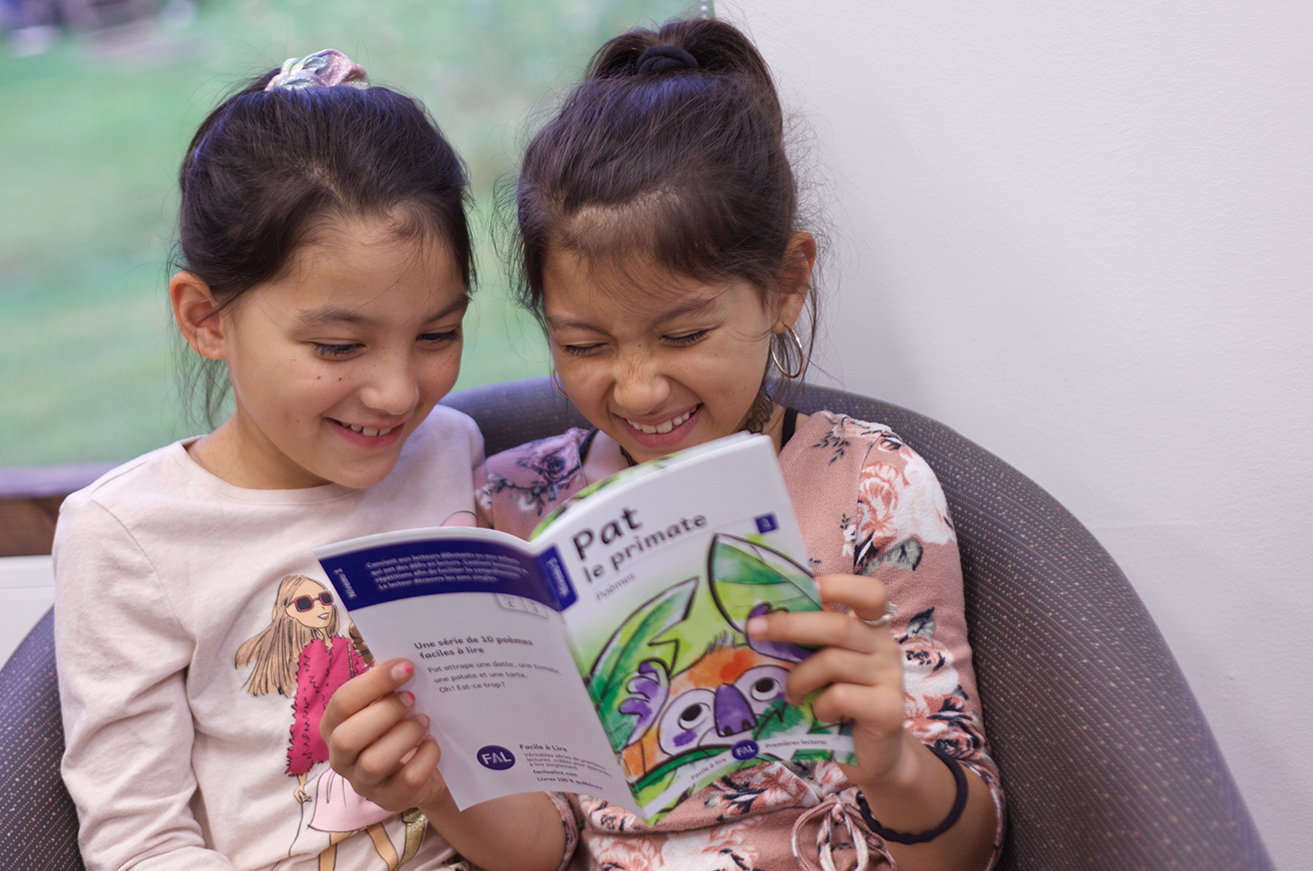In each book, there are:
-
short sentences, simple words, and familiar vocabulary (close to oral) ;
a complete and funny story ; -
16 pages of easy-to-read text and vivid pictures;
-
depending on the level, a list of tag words and/or new sounds and spellings and/or a lexicon of more difficult vocabulary;
-
a list of all the words used and their English translation.

